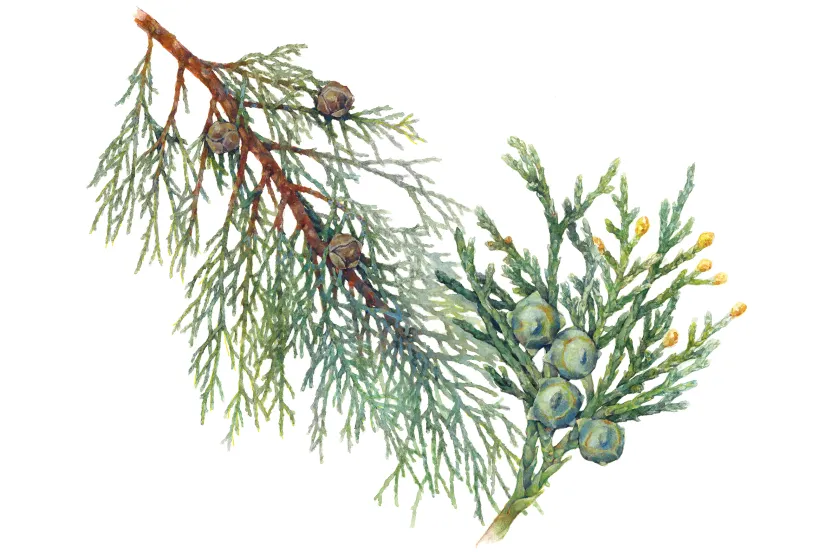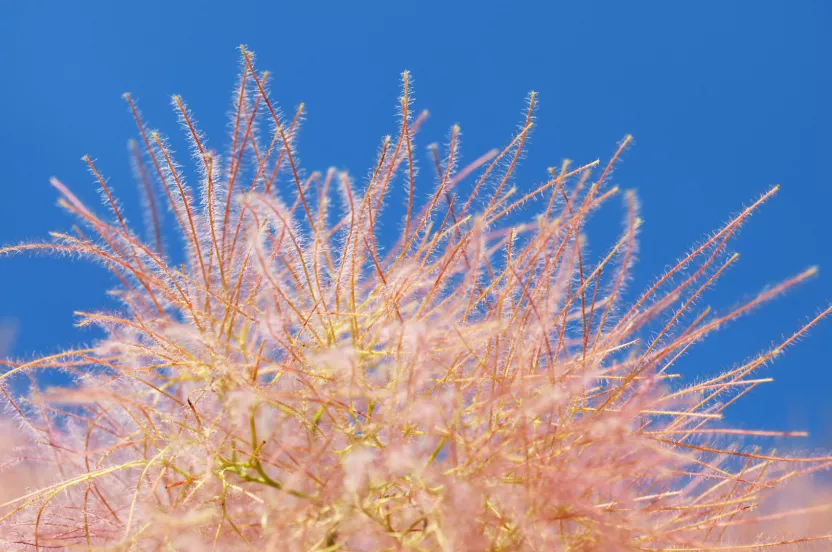Celebrate Arbor Day with 15% off our shop and nursery. Use code LETSGROW. SHOP NOW
Juglans regia ‘Carpathian’
Did you know the word walnut is a derivative of the “Gaul nut?” Gaul—the former name of France—was one of the places this Persian tree spread at the end of the Ice Age. Juglans is a contraction of the Latin, Jovis glans, or “nut of Jupiter” (the god), and regia means “royal.” The Carpathian English walnut was reported to be a valued gift sent from the King of Persia to the King of Greece. The walnuts made their way to the Carpathian Mountains and elsewhere. The common name “English walnut” is actually a misnomer since these aren’t native English trees. However, English ships went on to transport the walnuts outside of the Mediterranean to other markets, gaining the recognition that lead to its present name.
There are numerous names associated with the tree including: Royal, Circassian or Caucasian, European, Italian, Madeira, French, Chile, Manchurian and common. No matter what you call it, the outstanding nut qualities of the Carpathian walnut can be found all across the board. The mild-tasting, thinly shelled nuts are easy to crack and popular in fresh eating and baking; not to mention the numerous health benefits they provide. Unlike the English walnut tree, the Carpathian variety has an increased cold hardiness, adding to its appealing qualities.
Here are a few things to note if you’re considering adding one to your yard.
Environmental Conditions:
- Does well in clay, loamy, moist, sandy and well drained soils, is drought tolerant (hardiness zones 5-9).
- Is fast growing, growing up to three feet a year and reaching 40-60 feet at maturity.
- Does best in full sun, getting at least six hours of direct sunlight every day.
Physical Attributes:
- Produces fleshy green husk clusters that enclose a thin shell with a rich, flavorful kernel, releasing walnuts in late September to mid October.
- Has a smooth, grey bark that develops flat ridges as it matures.
- Fun Fact: the Carpathian walnut variety is one of few to have shells that split down the center.
Tag us in a photo of your Carpathian English walnut tree!




